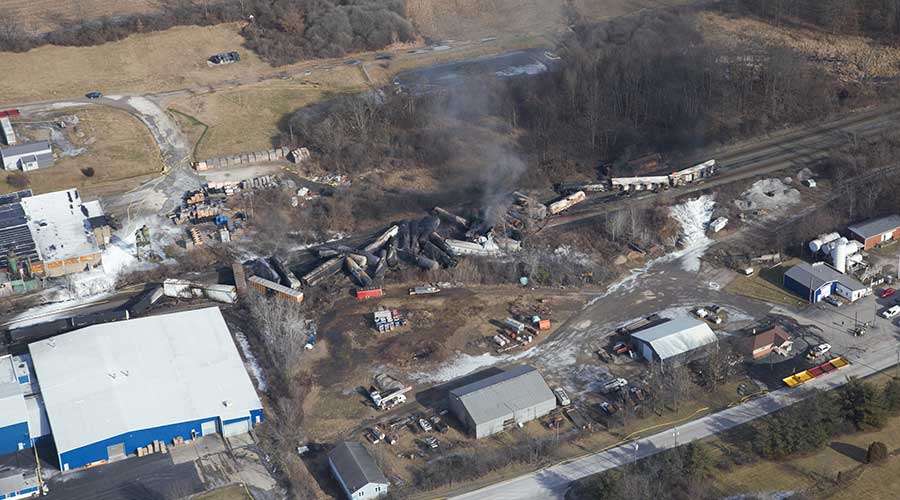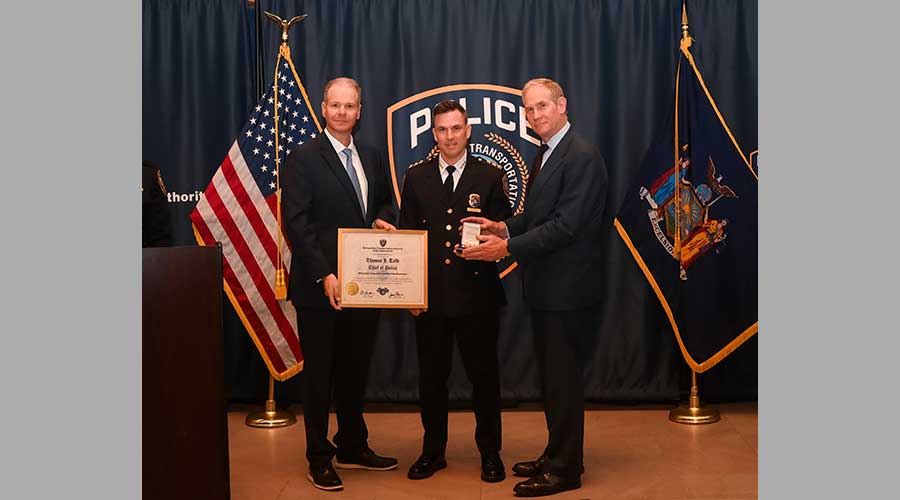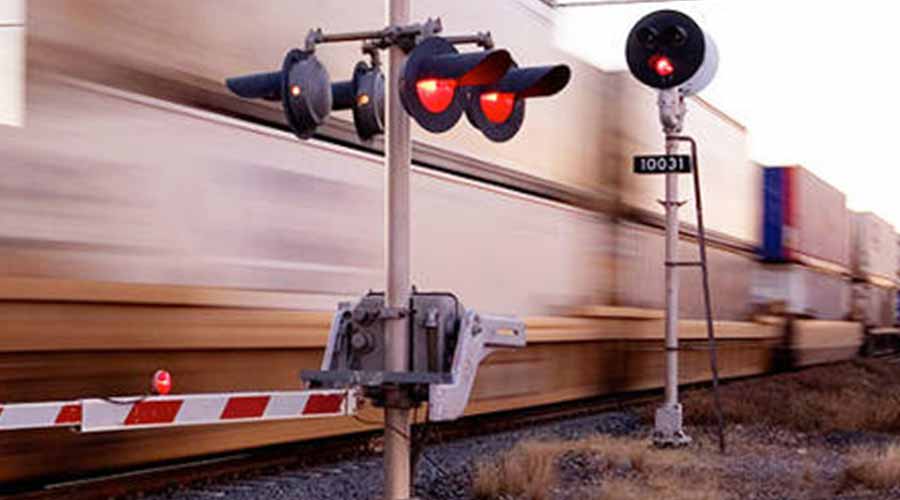Stay updated on news, articles and information for the rail industry
1/29/2024
Rail News: Safety
AAR reports on industry's rail-safety efforts since East Palestine

The Association of American Railroads late last week issued an update on the rail industry’s actions taken in response to the Feb. 3, 2023, derailment of a Norfolk Southern Railway hazmat train in East Palestine, Ohio.
Over the past year, the Class Is have acted to "lead, innovate and implement tangible safety solutions without waiting for mandates from Congress or regulators," AAR officials said in a press release.
"Freight rail is and remains a safe, responsible way to move the hazardous materials America requires. While there is still more work to do, the industry continues to prioritize ongoing improvements to safeguard our people and our communities," they said.
According to the AAR, freight railroads’ progress on safety commitments include:
• an increase the frequency of hot-bearing detectors (HBDs) across key routes. Class I railroads have purchased and installed hundreds of additional HBDs across their key routes, with more to come online in 2024. The HBDs are complemented by additional existing and evolving technologies targeted at effectively identifying bearing defects;
• establishing a new industry standard of stopping and inspecting trains when an HBD reading exceeds 170 degrees Fahrenheit. Effective July 1, 2023, AAR rules lowered the temperature threshold from 200 degrees Fahrenheit;
• reviewing carriers' current trending analysis programs to develop uniform recommendations for identifying potentially problematic bearings. On Nov. 29, 2023, railroads established an industry-wide trending analysis rule, informed by Railinc’s analysis of 150 algorithms used by the Class Is to pinpoint the most effective algorithm for detecting problematic bearings;
• training 20,000 first responders in local communities and 2,000 at the Security and Emergency Response Training Center in Pueblo, Colorado;
• doubling the number of first responders with access to AskRail, which provides real-time information on rail car contents and the safe handling of those materials;
• identifying ways to improve the fire performance of tank cars and other service equipment. AAR's tank car committee issued new recommendations for bottom valve protection requirements to increase safety. This is a voluntary joint initiative between the industry and the hazmat shippers who own the tank cars; and
• supplementing railroads’ existing confidential reporting programs by joining the Federal Railroad Administration's voluntary C3RS program. Railroads remain committed to joining FRA’s C3RS program and have participated in several FRA Railroad Safety Advisory Committee meetings to find a path forward.
Meanwhile, the AAR has continued to work with lawmakers on the Railway Safety Act legislation, which was introduced in the weeks following the derailment. After the Senate Commerce Committee passed the bill, the railroads continued to have conversations to address “five problematic provisions” in the bill.
"Since the spring Commerce Committee action, sponsors have made no changes to the legislation in an effort to win additional support in the Senate," AAR officials said. "Railroads will continue good-faith efforts with policymakers to find a path for common-sense legislation that can help prevent an incident like what happened in East Palestine."
The AAR also emphasized in its statement that rail continues to be the safest option for transporting hazmat over land, noting that more than 99.9% of all hazmat reaches its destination without a release caused by a rail accident. Also, rail hazmat rates fell 78% between 2000 and 2022.
Contact Progressive Railroading editorial staff.


 2025 MOW Spending Report: Passenger-rail programs
2025 MOW Spending Report: Passenger-rail programs
 Gardner steps down as Amtrak CEO
Gardner steps down as Amtrak CEO
 Guest comment: Oliver Wyman’s David Hunt
Guest comment: Oliver Wyman’s David Hunt
 Women of Influence in Rail eBook
Women of Influence in Rail eBook
 railPrime
railPrime







